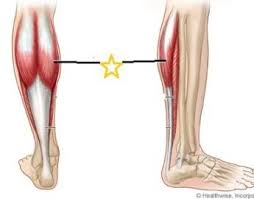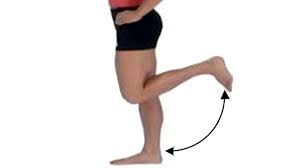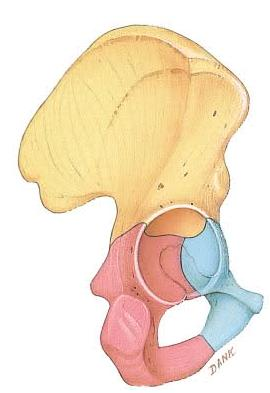Three bones that fuse together to form an ox coxa
Ilium, ischium, pubic bones
The the sacrum meets the os coxa
Sacroiliac joint

The name of the indicated muscle.
Gastrocnemius
Quadriceps femoris(group of 4)
Rectus femoris, vastus lateralis, vastus medialis, vastus intermedius
Slight movements to accommodate the talus during dorsiflexion
Tibiofibular distal joint
Where the 3 bones of the os coxa meet and from a depression is called what
Aceptabulum
Where the pubic bones meet
Pubic symphysis
When waking up with a “Charlie horse” this muscle is usually to blame. Action of the this muscle include plantar flexion of foot
Soleus muscle
Important for powerful extension of femur
Gluteus Maximus

Knee flexion
what is the name of the big toe
Hallux
what is the correct name of the knee joint?
Tibiofemoral joint
Plantar flexion & inversion of the foot.
Tibialis posterior
This muscle is the prime mover of hip flexion.
Iliopsoas
Hinge joints can move in which ways
Flexion and extension
Your “shin” bone is basically what?
The anterior border of the tibia
The articulation between the acetabulum of the os coxa and the head of the femur.
Coxal joint.
This muscle helps bend the knee and leg to sit indian style.
Sartorius muscle
Calcaneal tendon formed by tendons of which two muscles
Gastrocnemius and Soleus
When you sprain your ankle what is this called
Inversion of the foot

The name of the pink bone.
Ischium
Talocrural joint “ankle”
This muscle helps raise the leg at the hip. Used when sitting or standing.
Iliopsoas
Lowering (tilting downward) pelvis on weight-bearing side allows non weight-bearing limb to swing forward during walking
Gluteus medius
raising legs out to the sides is called what
Abduction of the hip